Wray Herbert at
We're Only Human takes an interesting look at
The Neurons of Recovery. I find this post intriguing because he is able to connect a fairly standard cognitive test with the ability to self-monitor and admit our mistakes, one of the cornerstones of the recovery programs based on the
12 Steps.
The Neurons of Recovery
By Wray Herbert
One of the cornerstones of many addiction treatment programs is what’s called “moral inventory.” Rather than just white-knuckling it through day after miserable day without drugs or alcohol, recovering addicts and alcoholics are taught to honestly and rigorously monitor their daily thoughts and behavior and relationships, and when they do something wrong to promptly set things right. The idea is that personal dishonesty is somehow related to destructive habits, and that authenticity in daily life is a key to staying clean and sober.
Just how this happens is a mystery, and most recovering addicts don’t much care about the details. But psychologists are very interested in the spiritual dimensions of sobriety. How can
daily vigilance and small ethical acts—apologizing for being hurtful or rude or uncharitable—translate into the concrete choice not to light up a crack pipe or pour a tumbler of whiskey? What could such moral striving possibly have to do with the tormenting compulsions of addiction?
New brain research may help illuminate this mystery. Psychologist Rebecca Compton of Haverford College and her colleagues have been observing the vigilant brain in action, and exploring the connection between cognitive watchfulness and serenity. They don’t use a spiritual vocabulary, of course. In the jargon of the laboratory, they have been studying “error-related negativity,” or ERN. This is shorthand for an electrical pulse that comes from particular region of the brain, a bundle of neurons known to watch out for mistakes. They have also been studying a separate but nearby part of the brain responsible for correcting errors once they’re spotted. They wanted to see if and how these basic tools of cognitive regulation relate to stress and anxiety in the real world.
Read the whole post.
This is the tenth step:
Continue to take personal inventory and when we were wrong promptly admitted it.I'm not a huge fan of the 12-step programs, but I am a huge fan of ANYTHING that can help people kick addictions and live more healthy, responsible lives. This particular step is very similar to living a mindful life.
Many of us work hard to be mindful and what we say and do, so as to avoid hurting other people or hurting ourselves. We often fail. But part of the practice is noticing when we fail as quickly as possible and making amends if possible.
I recently posted one of the great sutras on mindfulness, the
Anapanasati Sutta - The Breath-Mindfulness Discourse. A more modern to this has become a popular method of psychotherapy,
Mindfulness-Based Cognitive Therapy (MBCT):
Mindfulness-Based Cognitive Therapy (MBCT) is a method of therapy which blends features of two disciplines:
In MBCT, the patient is invited to recognize and accept feelings as they come and go instead of trying to push them away. Traditional cognitive therapy, or cognitive behavioral therapy (CBT), focuses on changing negative content of thoughts while MBCT emphasizes the process of paying attention to thoughts and feelings moment by moment and without judgment. Changing the patient's relationship to the suffering caused by negative thoughts is the key because there is no possible way to alleviate all suffering. No therapy or meditation will prevent unpleasant things from happening in our daily lives but the two practices combined may provide more objectivity from which to view these unpleasant things.
MBCT's main technique is based on the Mindfulness-Based Stress Reduction (MBSR) eight week program, developed by Jon Kabat-Zinn in 1979 at the University of Massachusetts Medical Center. Research shows that MBSR is enormously empowering for patients with chronic pain, hypertension, heart disease, cancer, and gastrointestinal disorders, as well as for psychological problems such as anxiety and panic. People often misunderstand the goal of therapy and especially mindfulness. Relaxation and happiness are not the aim, but rather a "freedom from the tendency to get drawn into automatic reactions to thoughts, feelings, and events" .[1] Patients change the relationship to chronic pain so the pain becomes more manageable.
This form of therapy is growing in popularity in recent years, and I think it may be an outstanding approach for some clients. When we react to things without awareness or consciousness, we are not fully present in our lives. The tendency to get drawn into automatic reactions is what we want to overcome with mindfulness, so that we can be less reactive and more present. In the study presented above, the results were related to this idea:
Those with overall greater cognitive control—the ones who monitored themselves closely and adjusted efficiently—were also the ones who were best at handling stress. Remember that these were college students, so almost all of them felt pressures from deadlines and too much work. But the ones who spotted and corrected errors in their own mental performance were in general more calm and relaxed, even with college life’s predictable stresses. The ones who did not inventory and learn from their mistakes were beaten down by life’s pressures.
While Buddhist practice is not about creating happiness, it is one of the nice side effects. The more mindful we become, and the more we become self-aware -- or in the language of psychology, self-monitored -- the less bogged down we become in the fluctuations of daily life -- the less
attachment we feel.
So how do we develop this skill if we don't already possess it?
It's pretty easy -- we sit and we breathe, and we watch the breath move in and out, thinking "breathing in," then thinking "breathing out," and we bring our attention back to our breath whenever it wonders away (and it WILL wonder). It's that simple. Start with 10 minutes a day and see how it feels, Over time, try to increase that time to 15, 20, or 30 minutes or more.
The more time we spend doing this, and then also working to be mindful of our thoughts, words, and actions in our daily lives, the less attachment we will feel, the happier we will be.
Tags:
Mindfulness, Admitting Mistakes, The Neurons of Recovery, Wray Herbert, We're Only Human, Psychology, meditation, Buddhism, brain, 12 Steps, self monitoring, Mindfulness-Based Cognitive Therapy, Anapanasati Sutta
EXERCISE | Rule #1: Exercise boosts brain power.
SURVIVAL | Rule #2: The human brain evolved, too.
WIRING | Rule #3: Every brain is wired differently.
ATTENTION | Rule #4: We don't pay attention to boring things.
SHORT-TERM MEMORY | Rule #5: Repeat to remember.
LONG-TERM MEMORY | Rule #6: Remember to repeat.
SLEEP | Rule #7: Sleep well, think well.
STRESS | Rule #8: Stressed brains don't learn the same way.
SENSORY INTEGRATION | Rule #9: Stimulate more of the senses.
VISION | Rule #10: Vision trumps all other senses.
GENDER | Rule #11: Male and female brains are different.
EXPLORATION | Rule #12: We are powerful and natural explorers.

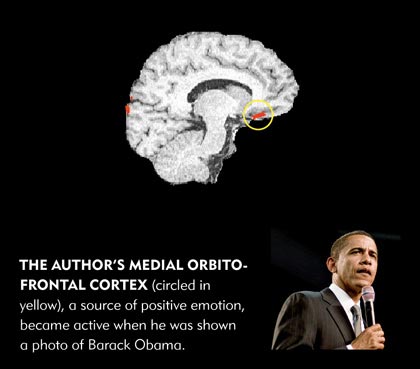




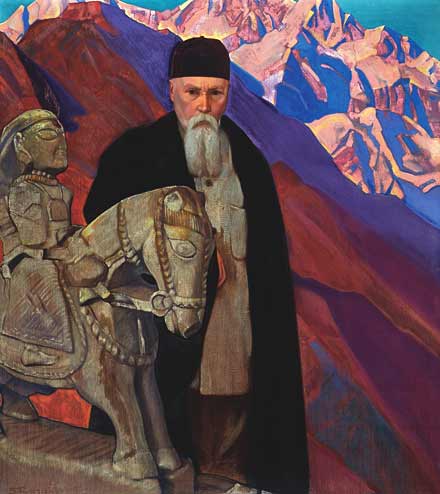
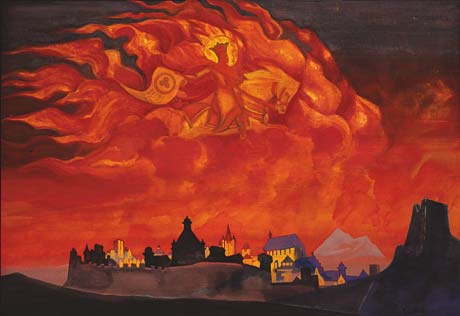
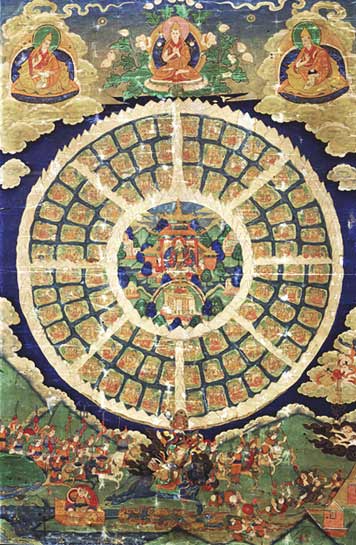
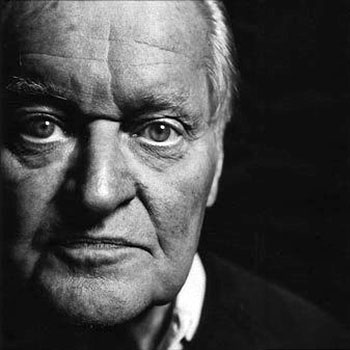 John Ashbery is something of a rock star to poetry lovers. The man himself is genial and approachable; the poetry, however, has a bad-boy appeal: difficult, magnetic, rebellious. Last spring, he read from his latest collection,
John Ashbery is something of a rock star to poetry lovers. The man himself is genial and approachable; the poetry, however, has a bad-boy appeal: difficult, magnetic, rebellious. Last spring, he read from his latest collection,